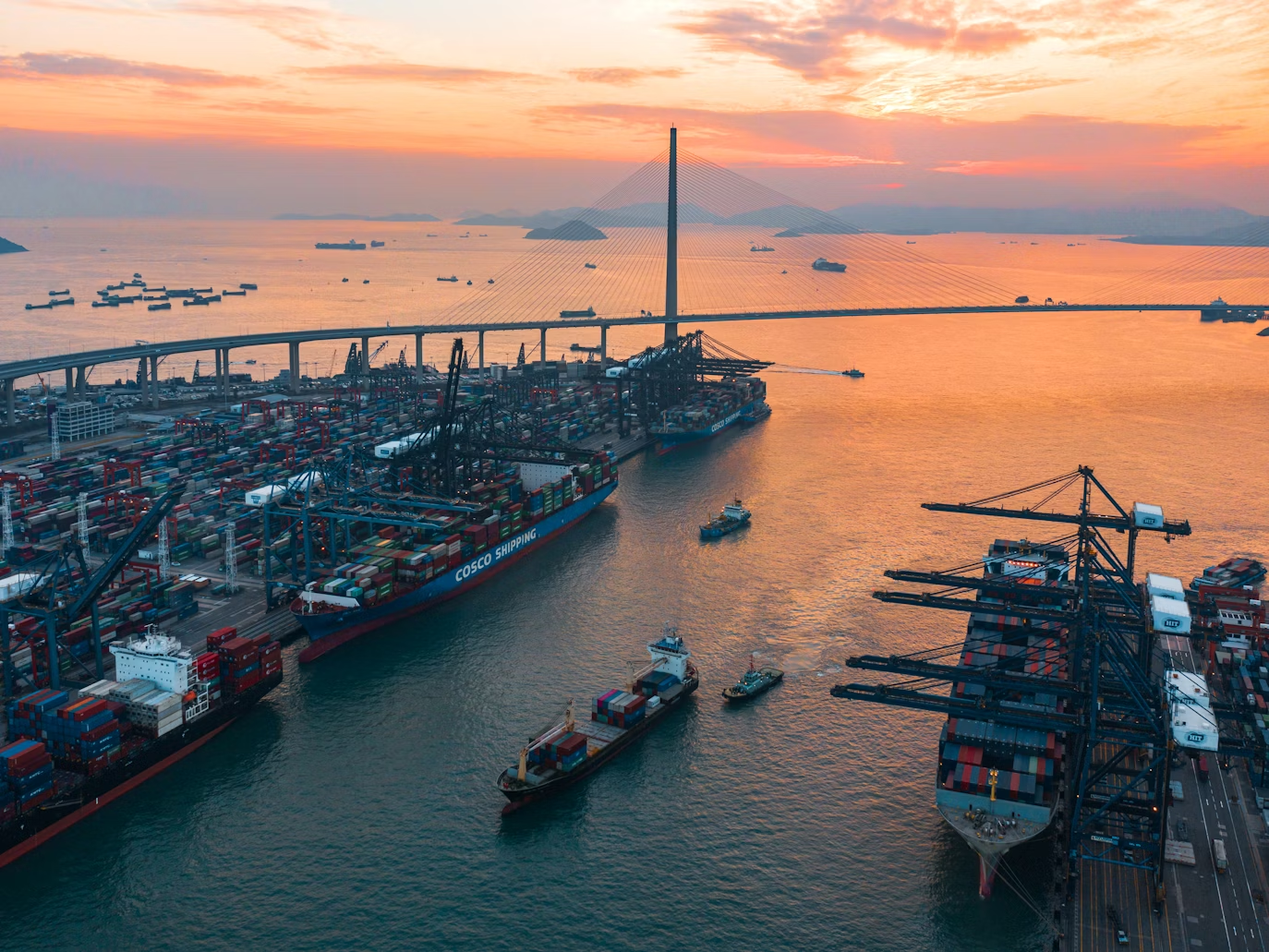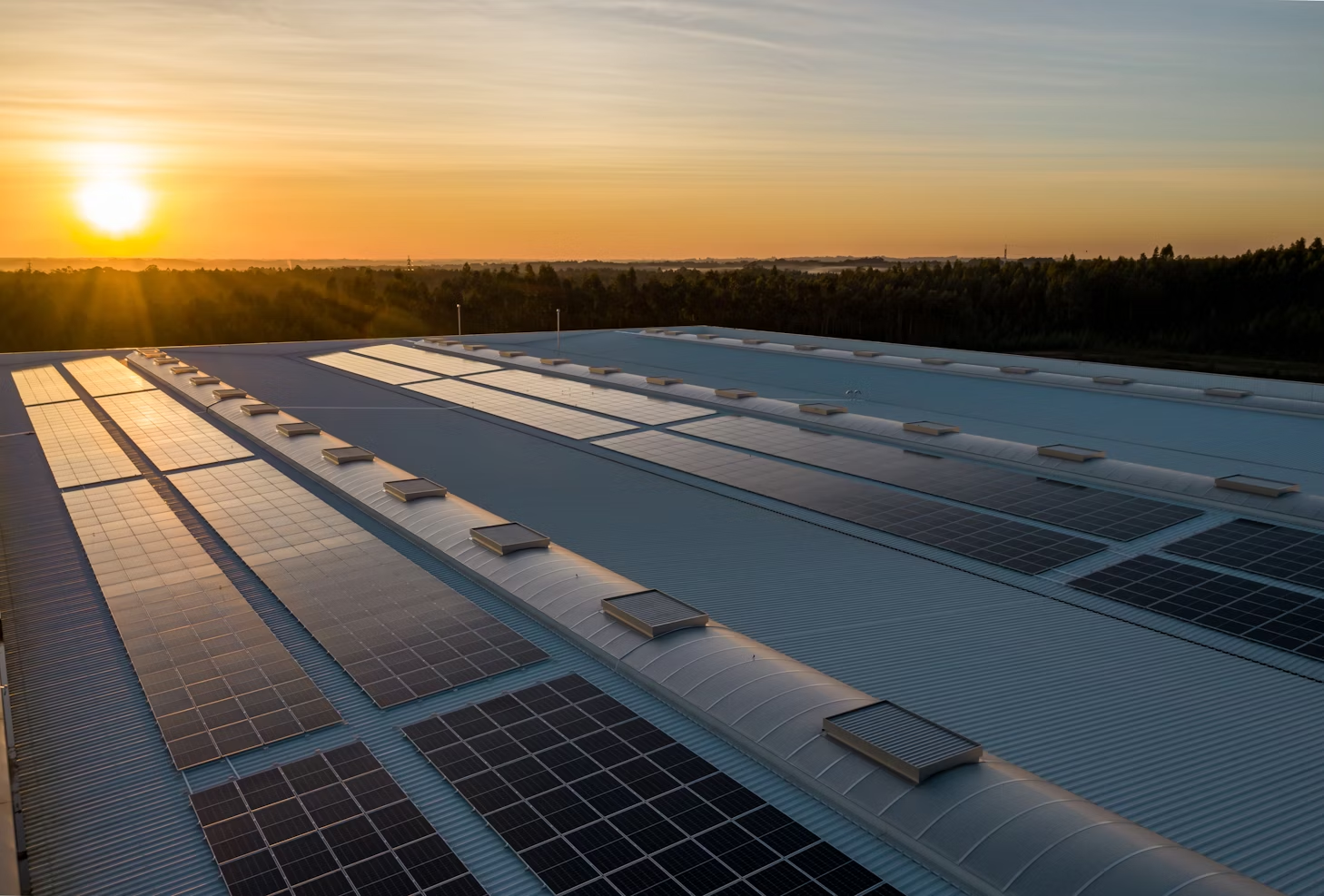MACF 2025: Final stretch before the European Carbon Tax

Understanding the MACF calendar and key dates: anticipate the transition
Since the entry into force of Carbon Border Adjustment Mechanism (CBAM), also known by its English acronym CBAM (Carbon Border Adjustment Mechanism), businesses must adapt their import strategies to comply with this new carbon border tax set up by the European Union. But what are the MACF key dates and how to anticipate MACF reporting obligations? Let's decipher together the main deadlines of this essential calendar.
CBAM: What is it and why a progressive calendar?
Before diving into the deadlines of MACF carbon, let's recall briefly its objective. The MACF is a regulatory system that aims to adjust the carbon price of imports from countries where environmental standards are less stringent than those of the EU.
The European Union decided to set up a progressive calendar to allow businesses to adapt smoothly to this new regulation. In other words, the MACF will not apply immediately to all imports or in its final form.
This phasing is essential because it gives companies time to structure their compliance, to adapt their MACF statements, and to optimize their strategy in the face of this EU carbon tax.
Key dates of the MACF to remember
October 1, 2023: Entry into force of the transition phase
Since that date, the MACF carbon is officially in place, but in a transitional form.
• Who is concerned? All companies that import products with a high carbon impact such as steel, aluminum, cement, hydrogen, fertilizers and electricity.
• What obligations? No carbon tax to pay yet, but a MACF reporting requirement quarterly detailing the carbon emissions associated with imported products.
The idea is clear: familiarizing importers with the system before introducing the financial component of Carbon Border Adjustment Mechanism.
January 31, 2024: first MACF declaration
The companies concerned had to submit their first quarterly report covering imports in the last quarter of 2023.
• Mandatory declaration of carbon emissions from imported products.
• Penalties for non-compliance, even if payments are not yet required.
This date is a watersheds for companies that must now integrate the MACF declaration into their administrative processes.
January 1, 2025: Reinforcement of requirements and new obligations for Importers
The year 2025 marks a key step in the rise of the MACF, with the introduction of new administrative obligations and the structuring of the compliance system. Several critical dates will mark out this year for companies subject to the Carbon Border Adjustment Mechanism.
🔹 January 1, 2025: Obtaining MACF declarant status
As of this date, all the importing companies concerned will have to be registered as MACF declarants with the competent authorities of the European Union.
• Mandatory procedures : Submission of the application to the MACF platform designated by the European Commission.
• Administrative validation : Assignment of a MACF identification number allowing quarterly declarations to be made.
• Consequences in case of non-registration : Impossibility to import products covered by the MACF and exposure to sanctions.
🔹 Quarterly MACF declarations: Deadlines to be met in 2025
As in 2024, businesses will have to continue to submit reports detailing the carbon emissions of their imports. Here are the key dates for quarterly submissions for 2025:
• January 31, 2025 : Submission of the 4th quarter 2024 declaration (October-December 2024 period).
• April 30, 2025 : Submission of the declaration for the first quarter of 2025 (period January-March 2025).
• July 31, 2025 : Submission of the declaration for the 2nd quarter of 2025 (period April-June 2025).
• October 31, 2025 : Submission of the declaration for the 3rd quarter 2025 (period July-September 2025).
.
💡 Reminder : Failure to report on time exposes the importer to administrative penalties and increased surveillance by the authorities.
🔹 Mid-2025: Reinforced audits and controls
The European Union plans to strengthen controls over reported data in order to avoid underestimating the carbon emissions of imported products.
• Sampling of businesses for an in-depth audit.
• Verification of emission calculation methods provided by importers and their suppliers.
• Penalties for non-compliance or voluntary omission of information.
🔹 Fall 2025: Publication of the final rules for 2026
In autumn 2025, the European Commission will publish the final rules of the MACF for its full entry into force in 2026 :
• Definition of the final calculation methodologies for the carbon emissions of products.
• Precision of the mechanisms for purchasing and managing CBAM certificates, which will be mandatory from January 2026.
• Adjustment of thresholds and products covered, based on data collected during the transition phase.
The year 2025 is therefore a pivotal period for companies affected by carbon border taxes. Anticipation and compliance from these first deadlines will be essential to avoid legal and financial risks from 2026.
January 1, 2026: Definitive implementation of the MACF and payment of the EU carbon tax
It is the most critical date on the calendar. From this deadline:
• Businesses will need to buy CBAM certificates to cover the carbon emissions associated with their imports.
• The price of these certificates will be indexed to the European carbon market (EU ETS).
• Importers will have to prove that they have covered all the emissions of their products via these certificates.
In other words, the MACF is becoming a real carbon border tax, imposing an additional cost on importers of goods with a high carbon footprint.
How to anticipate these deadlines and optimize your strategy?
Faced with this MACF calendar, businesses must prepare in advance. Here it is The three key steps to ensure a smooth transition:
1. Establish a rigorous monitoring of imports now
✅ Identify impacted products : Take an inventory of your supply chain to identify materials subject to the MACF declaration.
✅ Collecting carbon emissions data :Your suppliers must be able to provide accurate information on the carbon intensity of their products.
✅ Automate the MACF declaration : Digital solutions exist to facilitate quarterly reporting and avoid errors.
2. Assessing the financial impacts of the EU carbon tax
✅ Simulate the cost of CBAM certificates : In 2026, importers will have to buy certificates to cover the emissions of their products. It is better to anticipate these costs today.
✅ Optimize your purchases : Favoring suppliers who are already committed to decarbonization makes it possible to reduce the impact of MACF.
✅ Explore alternatives : Relocating or sourcing from countries with a carbon tax compatible with the European system could be a winning strategy.
3. Communicate and value your commitments
✅ Reassure your partners : Show that your company masters the challenges of Carbon Border Adjustment Mechanism strengthens your credibility.
✅ Highlight your CSR commitment : Compliance with MACF carbon can be a commercial asset if it is well communicated.
✅ Working with experts : Specialized platforms like Keewe support companies in their transition to more sustainable finance and international trade.
Conclusion: Act today to avoid sanctions tomorrow
The year 2025 marks the final year of the MACF transition period. This is a critical phase where businesses must be structured before the full entry into force of the mechanism in 2026. With mandatory quarterly declarations, strengthened controls, and the publication of the final MACF rules, it is essential not to wait to prepare.
To remember:
📅 2025: Last transition year → Mandatory registration, reinforced audits and publication of final rules.
📅 January 1, 2026: Full entry into force → Purchase of CBAM certificates and real financial impact.
📅 2026-2034: Progressive pilot period → Potential extension of covered products and adjustments of obligations.
Getting ready for MACF carbon, it's not only avoid penalties, but also optimize its competitiveness in a world in transition to a low-carbon economy.
🔎 How do you prepare effectively?
At Keewe, we support companies in their MACF compliance by providing them with automated monitoring and reporting tools, expert assistance on the MACF declaration, and continuous regulatory monitoring to anticipate future developments.
💡 With Keewe, control your MACF compliance and avoid sanctions.
📩 Do you need personalized support? Contact us today.







